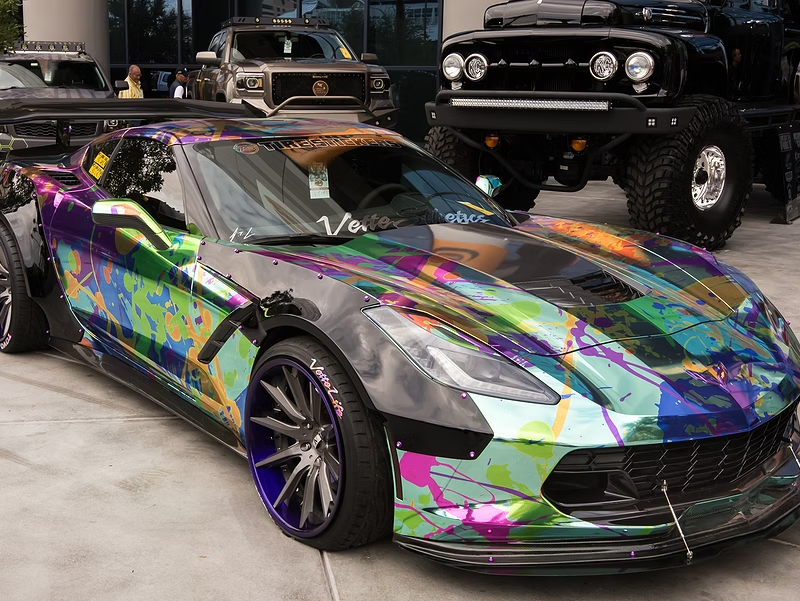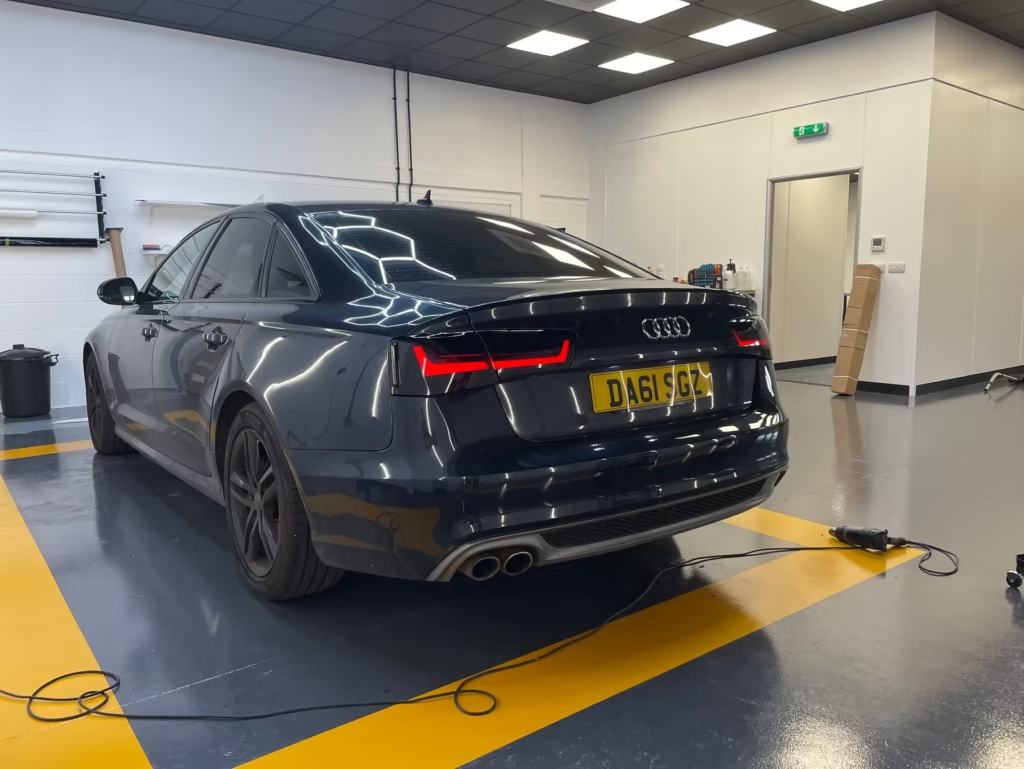// Did A Single Videotape Create A JDM Car Modification Scene?

Practically every type of car of every nationality has an automotive styling scene where enthusiasts and owners’ clubs will modify and make a certain model or type of car look its best. Even modern electric vehicles have a popular wrapping scene.
However, when it comes to modification, by far the biggest and most popular modification scenes, along with the hot rod and muscle car scenes in the United States or the South London look, is the JDM car scene.
JDM, short for Japanese Domestic Market, technically refers to any cars manufactured in Japan but is more commonly used to refer specifically to Japanese import scenes, where either actual grey import Japanese cars or models popularly imported are modified and tuned.
The JDM scene has technically existed for as long as Japanese cars have been exported, but it really started to take off in the late 1980s, aided in large part by a man who was on the fringes of both the professional and street racing scenes and a videotape that changed everything.
Pluspy
Inspired by the drifting techniques of famed racing driver and later mentor Kunimitsu Takahashi, Keiichi Tsuchiya was on the fringes of both professional motorsport and the underground racing scene.
He would regularly deliver goods from his family’s metal shop by day and become a famed and feared street racer at night whilst working his way up the ranks slowly in the Japanese motorsport scene.
By the early 1980s, he had already become infamous, particularly when he was behind the wheel of the Toyota Corolla Levin, better known simply as the Toyota AE86 or Hachi-Roku.
The AE86 was already popular throughout the touring car racing scene, but Mr Tsuchiya took it further by using driving techniques he had honed on the infamous touge mountain paths, and it was here that he started to forge his reputation as Drift King.
In 1987, a group of car magazines and garages that specialised in JDM modifications pooled their sources together to produce Pluspy (also known as The Touge), a famous underground video that featured a heavily modified AE86 tackling a fearsome mountain road.
The video became a massive underground hit that inspired an entire generation of JDM modders, tuners and enthusiastic owners, but it did not come without consequences for the Drift King himself.
This video, alongside his existing ties to the underground racing scene and a concern that his flamboyant racing style was not a necessarily safe one, almost led to him losing his racing licence within a year, and he only managed to keep it by committing to professional racing and inspiring other young drivers to do the same.
The sequel to the infamous Megalopolis Expressway Trial featured his close involvement and a clear message against street racing, documenting how he went from being a “hashiriya” to a professional driver.
However, this would not really be the end of his relationship to street racing and the JDM scene.
After working on Megalopolis Expressway Trial 2, he would be a consultant on the animated adaptation of a comic about mountain racing called Initial D.
Initial D’s main protagonist, Takumi Fujiwara, has a story that parallels Mr Tsuchiya’s in many respects, right down to his use of the Toyota AE86 as his touge racer of choice
First published as a serialised manga in 1995 and as an anime series in 1998, Initial D became not only massively popular but also exceptionally influential to the JDM scene, with an impact perhaps only matched by the motorway racing series Wangan Midnight.
Both of these series were inspired by Mr Tsuchiya in one form or another, either through Pluspy or his work on the Megalopolis Expressway Trial series, and it would, in turn, inspire the influential film series The Fast and The Furious.
The impact of The Fast and the Furious on the car modding scene is almost incalculable, and the Drift King would work on the third film in the series, Tokyo Drift, even receiving a cameo in the process.
Beyond the Drift King’s individual impact is his impact on the types of cars that became popular in the JDM scene.
The AE86 was initially not that popular a car because at its core it was a Toyota Corolla. However, it became a highly desirable platform and shaped the course of the Japanese motor industry for nearly two decades.
It led to a greater appreciation for the power of modding and tuning, and whilst there are a lot of causes for this, one of the roots is an obscure drifting video that was meant to stay obscure.
Looking for the top Vehicle Wrapping and Modification specialists in Yorkshire?
Get in touch with us today to see how we can help.



